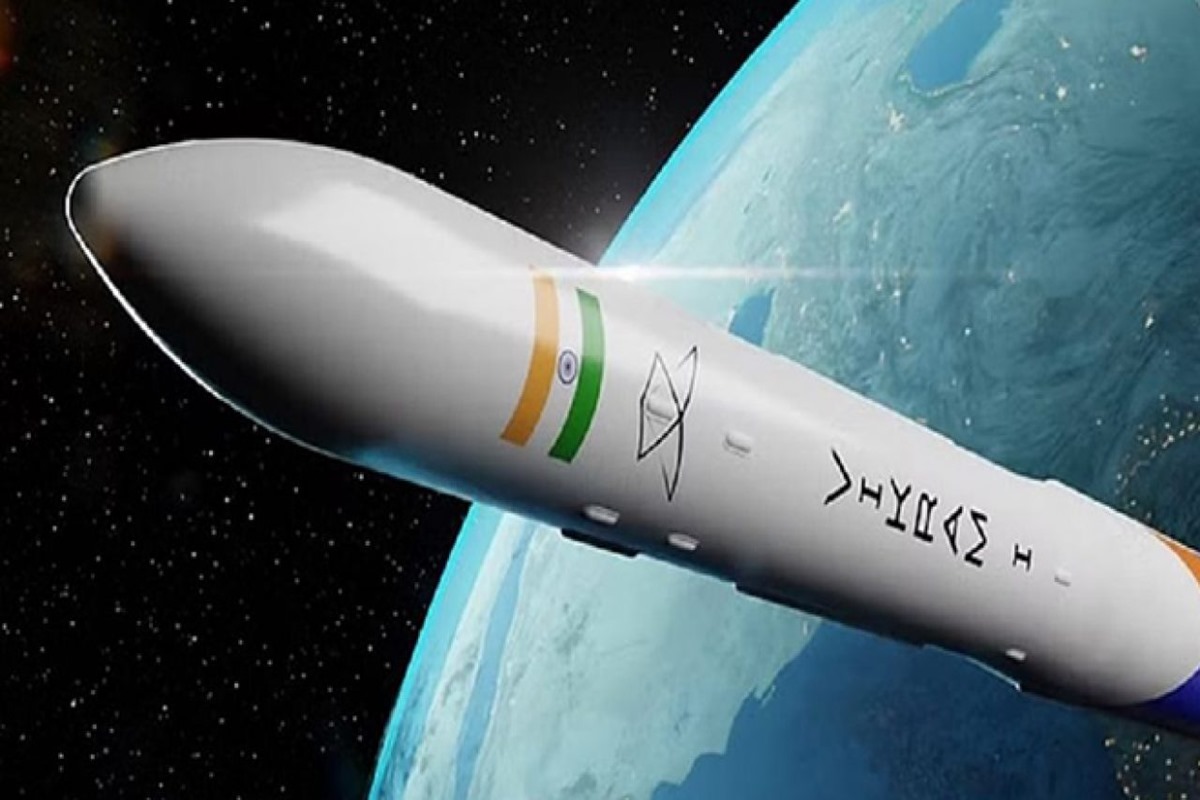Abhijeet Iyer Mitra in conversation with ‘The Statesman Talk’ | Why did ISRO do so well?
Abhijit Iyer Mitra, in conversation with '#TheStatesmanTalk,' discusses PM Modi’s contribution towards the DRDO.
India has set goals for its space program, with plans to send an astronaut to the moon by 2040 and establish a space station by 2035.

India has set ambitious goals for its space program, with plans to send an astronaut to the moon by 2040 and establish a space station by 2035. These directives were issued by Prime Minister Narendra Modi during a high-level meeting, marking a significant step forward for the country’s space exploration efforts.
India’s journey into space has gained momentum in recent years. Earlier this year, India made history with its Chandrayaan 3 mission, which achieved a soft landing near the south pole of the moon. The lander Vikram, carrying the rover Pragyan, successfully touched down on the lunar surface, showcasing India’s technological capabilities.
In another significant development, the Indian Space Research Organisation (ISRO) recently launched India’s first space-based solar mission, Aditya L1, from the Satish Dhawan Space Centre in Andhra Pradesh. This mission, positioned approximately 1.5 million kilometers away from Earth, marks India’s entry into space-based observatory-class solar missions. Over the next four years, Aditya L1 will focus on studying the outer atmosphere of the sun, contributing to our understanding of this celestial body.
Advertisement
During the high-level meeting, Prime Minister Narendra Modi directed the Department of Space to set its sights on establishing the ‘Bharatiya Antariksha Station’ (Indian Space Station) by 2035. The aim is to send the first Indian astronaut to the moon by the year 2040. This meeting was convened to evaluate the progress of India’s Gaganyaan Mission and to outline the future of the nation’s space exploration endeavors.
According to the statement released by the Prime Minister’s Office (PMO), the Department of Space presented a comprehensive overview of the Gaganyaan Mission during the meeting. This overview included details about the development of crucial technologies such as human-rated launch vehicles and system qualification. Approximately 20 significant tests are planned, including three uncrewed missions of the Human Rated Launch Vehicle (HLVM3). The first demonstration flight of the Crew Escape System Test Vehicle is scheduled for October 21. The meeting determined that the mission is on track for a 2025 launch.
India’s growing presence in the realm of space exploration is characterized by significant achievements and ambitious goals. With Prime Minister Modi’s recent directives, the nation is taking bold steps towards becoming a prominent player in space research and missions, setting its sights on the moon and beyond.
Advertisement